The Intersection of Art Education and Art Therapy
Learn about the ways in which art education and art therapy overlap, and the notable distinctions between these two fields.
By Emily Hardy, LCAT, ATR-BC

Anyone who works within the realm of the creative arts knows their power. Art enables us to share embodied experiences that are otherwise ineffable. When we create art, we tap into our pure, primary, emotional being. When we observe art, we catch a glimpse of the artist’s inner world. It is therefore not difficult to see that art has an innate place in both education and in mental health practices.
Through art education, children learn how to explore themselves, the world, and how they relate to others. This definition may sound similar to the realm of psychotherapy; that is, through therapy, we explore our deepest inner selves, and analyze how those inner workings impact our lives on micro and macro levels.
Where then, is the line between art education and art therapy?
It’s true, both art education and art therapy share similarities in their work. Primarily, these two fields encourage participants to move away from language, from traditional, prescribed, and heavily encoded ways of thinking about oneself and the world. Language, despite all its incredible uses and invaluable contributions to the development of human society, limits us to what can be described, and what can be spoken about. Simply put, we all have experiences that can only be expressed through creative avenues.
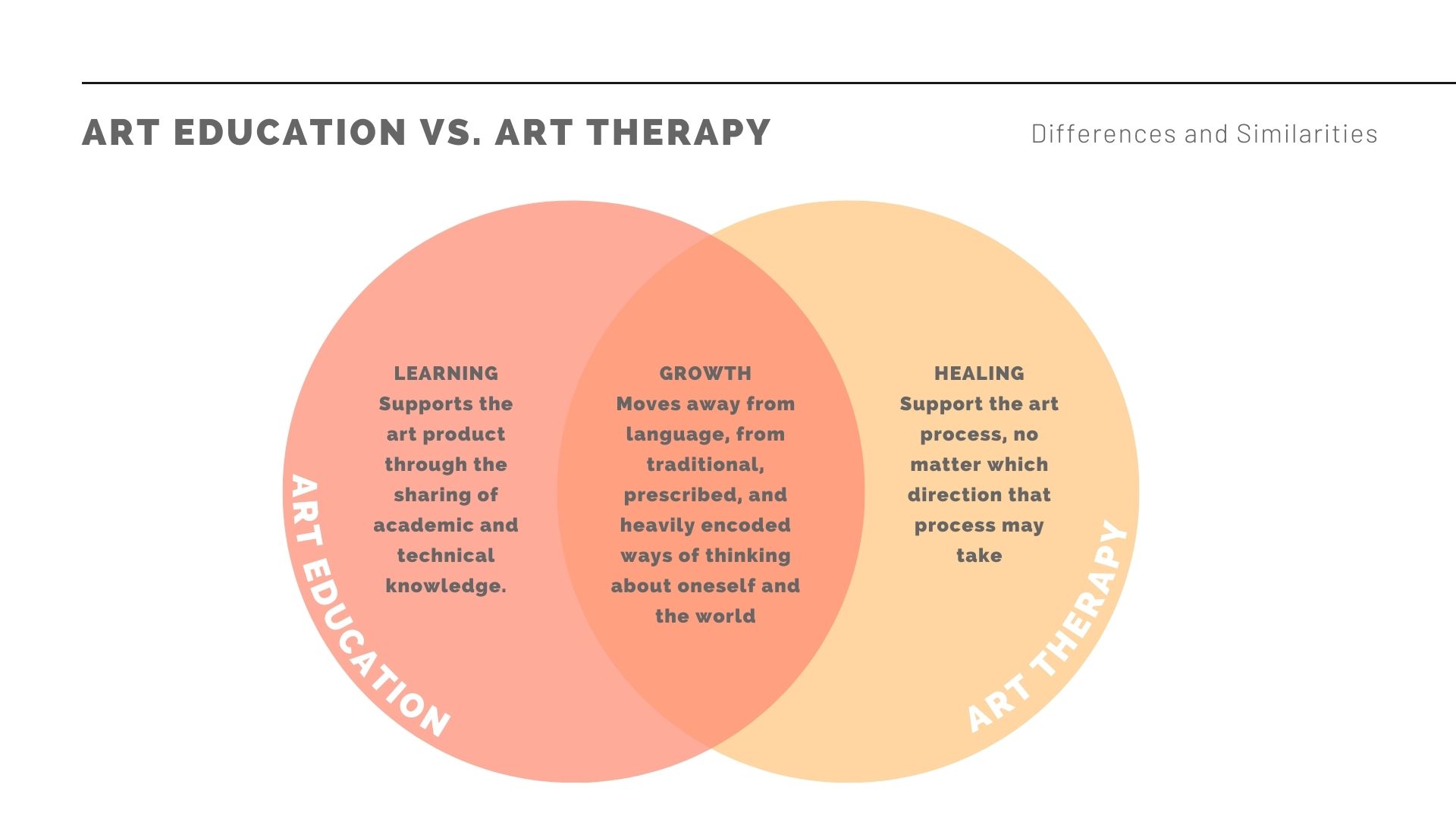
Art Education:
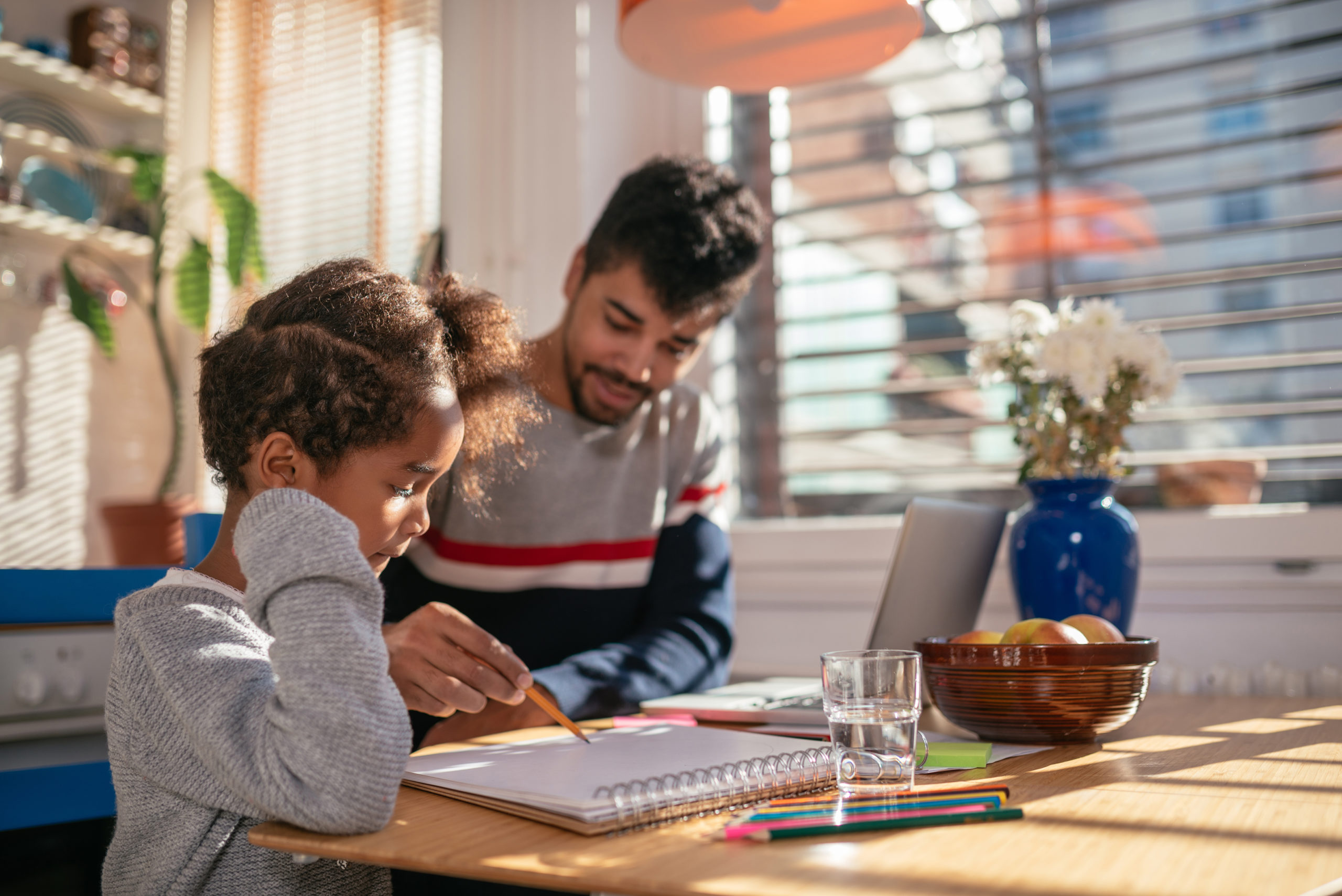
To dive deeper into these separate, yet overlapping fields, let’s first look at art education. Art education combines several disciplines, and traditionally includes structured guidance in developing specific art skills with specific art materials. Examination of art history may also arise in an educational context whereby learners study the historical role that art has played in society. Often, learning about contemporary or historical artists serves as a starting point to initiate discussion and inspiration, which frequently centers around topics of identity, social engagement, and more. [See: The Outside the Lines curriculum series, which connects art to cross-content topics and artworks]
Educators may study developmental psychology and use their expertise to guide their students to think about and discuss age-appropriate inter- and intrapersonal relationships through various art exercises; this is where we begin to walk up to the line of art therapy.
Art Therapy:
Art therapists generally do not offer specific instruction in art techniques and practices, other than basic support to enable clients to participate in creative activities. In fact, art therapists may step back from instruction altogether. In therapy, failures in art tasks are opportunities to delve into the psyche, and therefore, therapists may not play an active role in the creation of the art in the way that educators might. Inspiration for creative content in art therapy comes from the inner world of the client.
Put another way, art therapists support the art process, no matter which direction that process may take, while art educators support the art product through the sharing of academic and technical knowledge.
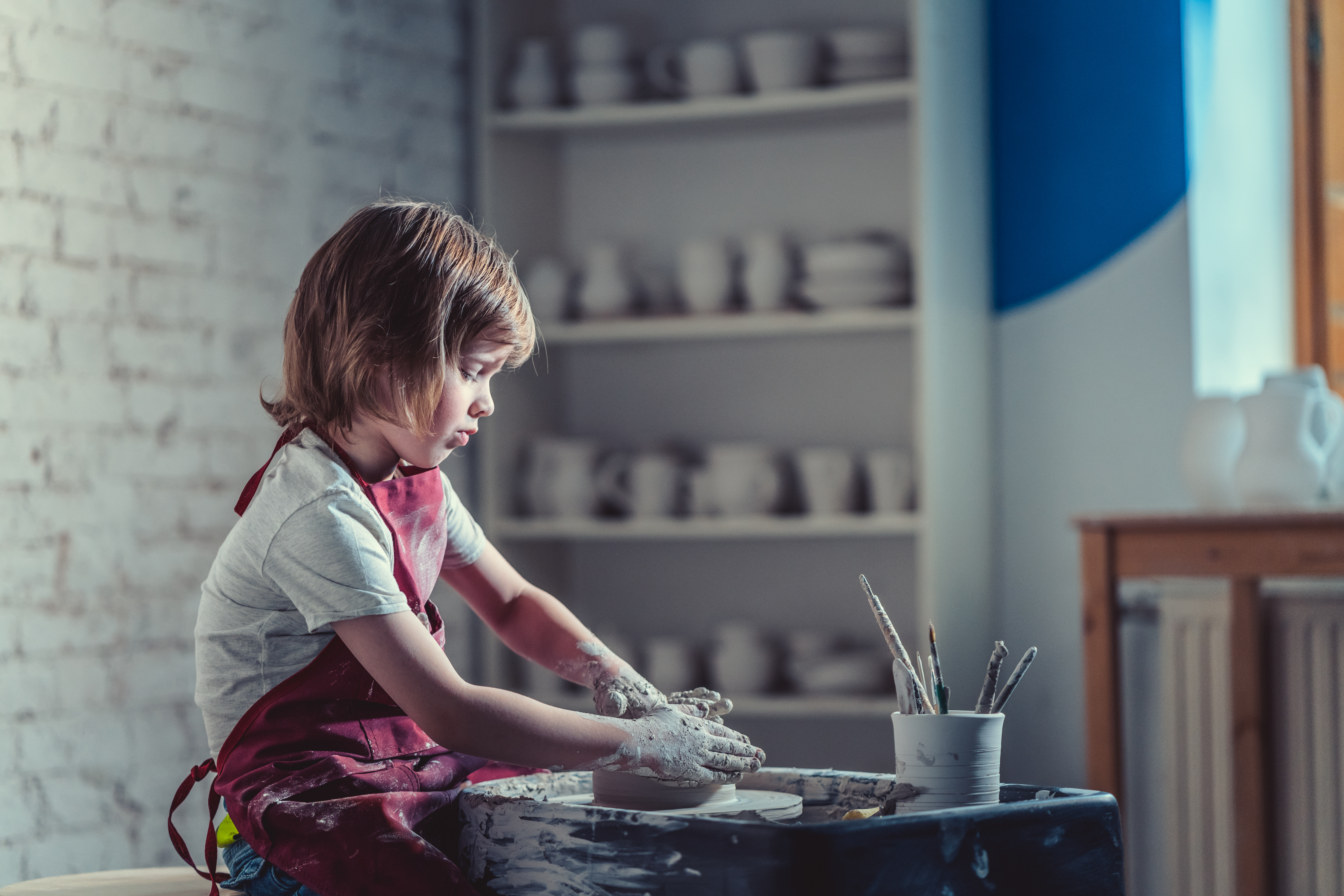
Further, art therapists’ training encompasses the development of therapeutic techniques, such as holding safe space, and encourages the dynamic of a transferential relationship. In therapy, transference refers to the emotional content of the client directed towards the therapist, or the therapy, or even the artwork in the case of art therapy. The therapist utilizes this emotional content to drive exploration, and ultimately foster change.
Thus, while the main goal of traditional art education might be to help students better understand artistic techniques and historical contexts, the goal of art therapy is to move the client’s inner self towards a place of healing. This healing may manifest as self-acceptance, self-actualization, or improved personal relationships.
At times, art therapy and art education techniques overlap; art therapists realize that creating a successful art product is important in particular treatment approaches, while teachers may employ process-oriented art experiences to foster spontaneity. In conclusion, while both art education and art therapy share the incredible power of creativity to encourage growth in participants, they also embody distinct realms: learning on the one hand, healing on the other, both equally vital in the life of young people.
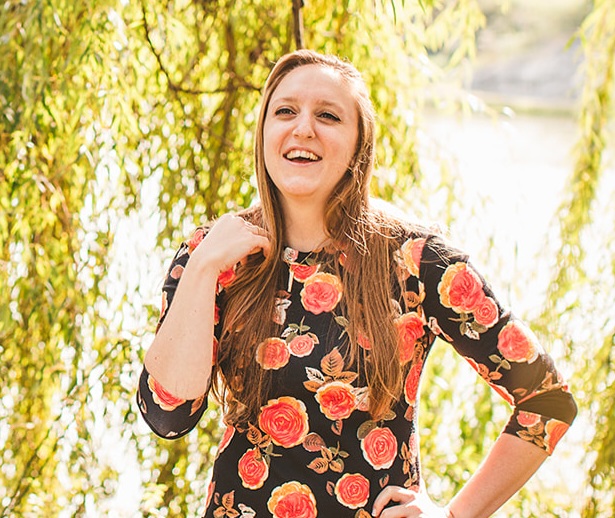
Emily Hardy
Emily Hardy is a nationally board certified art therapist and licensed as a creative arts psychotherapist in the state of New York. In her role as an art therapist, she has worked with incarcerated adolescents, at-risk youth, and people of all ages with mental health concerns such as anxiety, depression, hyperactivity, and more. For more information, consultation, or referral for art therapy, please reach out.
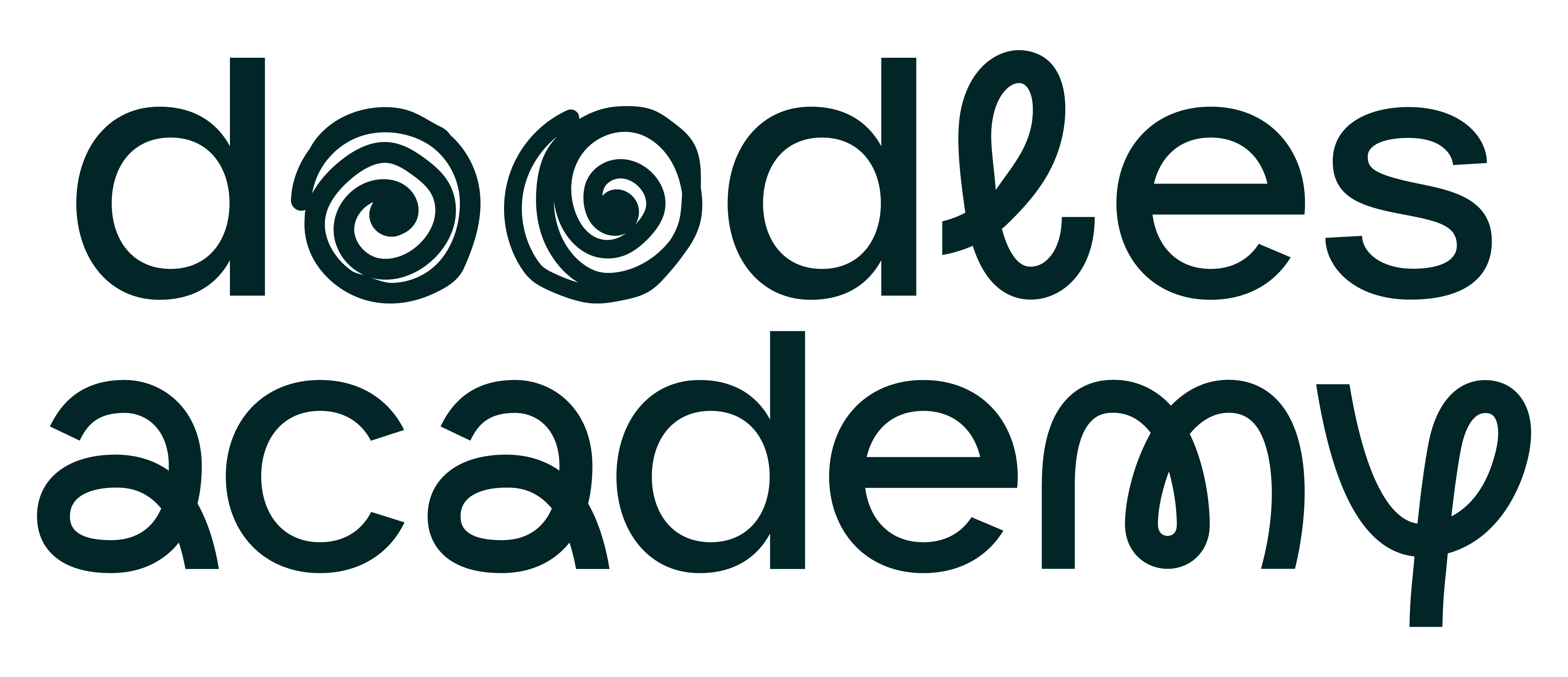
I approach art projects -and life in general- from idea that the product is an integral part of the process, and vice versa. As a practitioner of unschooling (entirely learner-led) philosophy, the decision to emphasize process and/or product is always the creator’s choice. Focus is determined by his/her/their innate need(s) to explore newly discovered ideas and/or skills relevant to (individual and/or group) growth encountered throughout an ever-shifting process that is by nature -like life- uncertain.
(In other words, what’s important to me, or about my role in another creator’s work may be relevant or irrelevant depending on the relationships between infinite circumstances at any given moment throughout a project.)